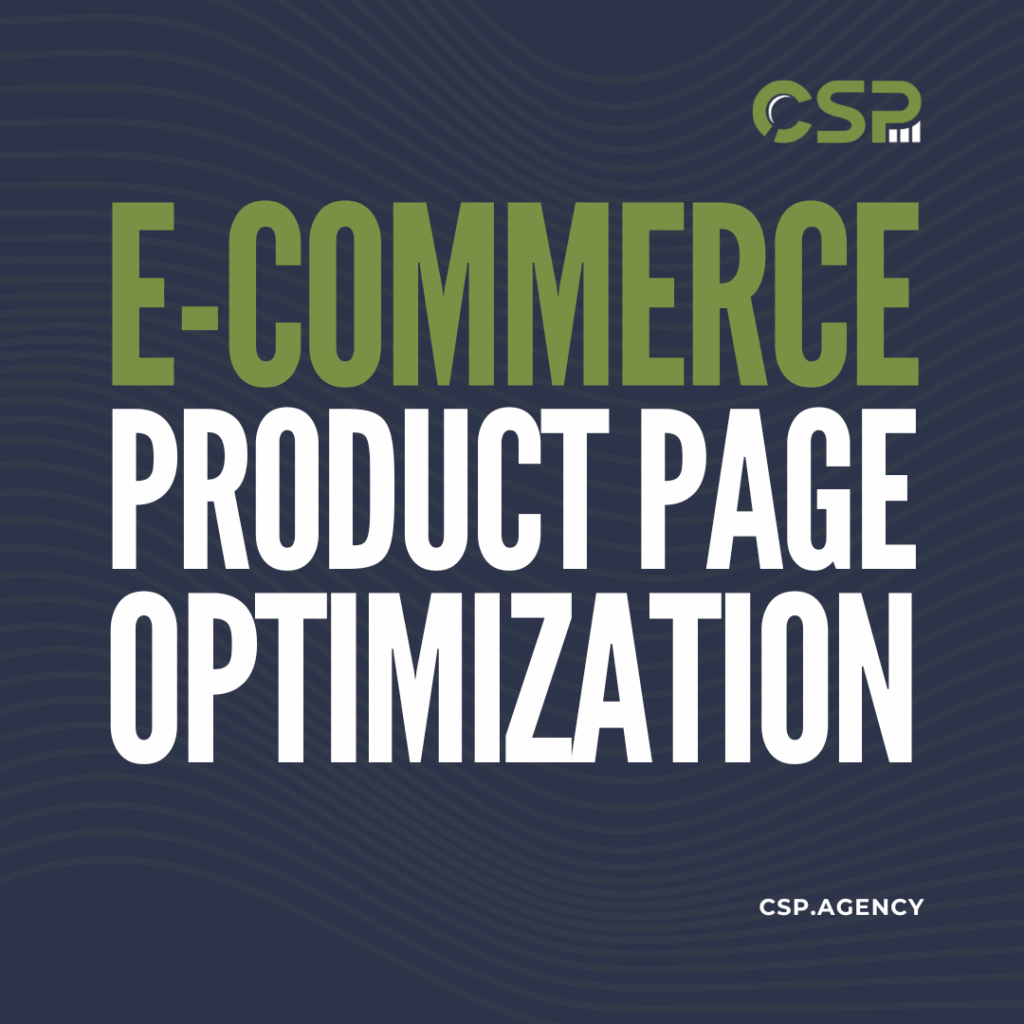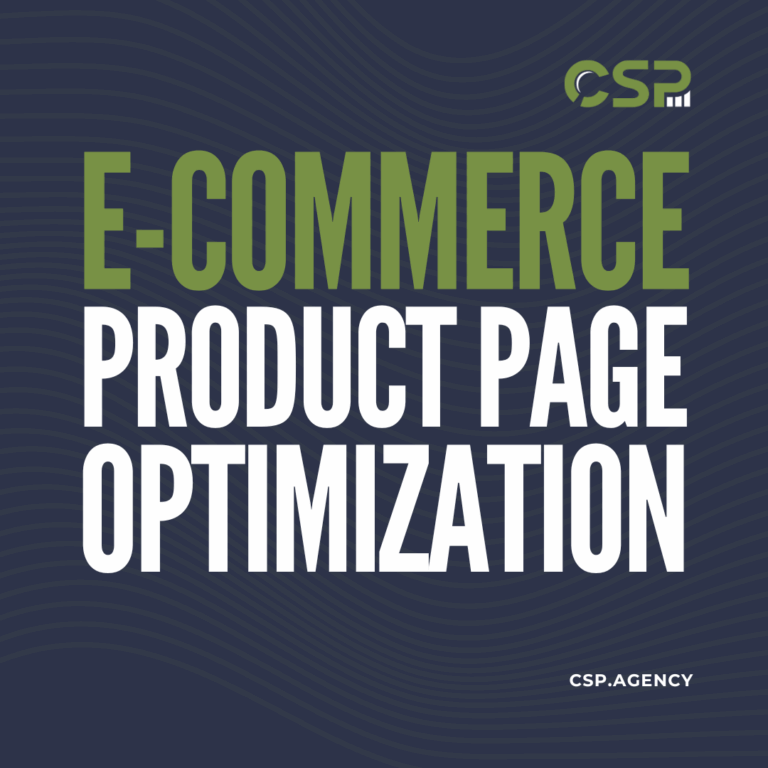If you are wondering how to make a good product page, you are not alone. Creating good product pages requires paying careful attention to multiple details, including product information, titles, keywords, benefit-driven descriptions, and more. Fortunately, you don’t have to search far and wide for all of these details. Our eCommerce SEO experts have you covered.
Making good product pages is an important part of optimizing an eCommerce site. The guidelines you find here will help you understand the most important factors that drive eCommerce SEO.
What Should a PDP Optimization Checklist Include?
Product page optimization is one of the foundations of SEO for eCommerce. When building your personalized PDP optimization checklist, be sure to include the following:
Clear & Engaging Product Information
The product information you provide needs to be both clear and engaging.
Compelling Product Title with Keywords
The title is the first thing people will see, so you want it to be compelling. You also need it to be easily understood by search engines, which is why keywords are so important. Begin with the main keyword that best describes your product. Include keywords that describe specific selling points as well. For example, for a “wallet” you could add “black”, “leather”, and “slim”.
Concise, Benefit-Driven Product Description
Product descriptions can transform an uninterested searcher into an intrigued buyer. Highlight the features and benefits of the product in the description while also incorporating your brand’s voice. Remember, it’s the benefits of a product and the way it solves a problem that make it appealing.
Include Keywords in Product Descriptions
Keywords are important in your product descriptions. They help search engines connect your product with the right people. Do your keyword research and have it ready when writing descriptions so you don’t miss this opportunity to drive organic traffic.
SEO & Discoverability
Many eCommerce sites miss the opportunities offered by SEO optimization. Even the best product titles and descriptions are not going to attract maximum attention without optimizing them for search engines.
Optimized Product Title and Description with Relevant Keywords
An optimized product title and description includes relevant keywords for searchers and for Google and other search engines. While keyword research does take some time and effort, the results do double duty by helping you describe products in a way that appeals to your target market.
Schema Markup for Better Search Engine Visibility
Schema markup is structured data, a piece of code that you can provide search engines with that includes key data about your products and pages. A product page schema should include things like product name, brand, image URL, and product description. You can use a schema markup generator to provide the code and just fill in the details.
Using schema markup has become increasingly important as Google experiments with improving snippets in search results. The search engine will include a lot of what you provide in the schema in the search snippet while also adding its own useful additions, like reviews, shipping times, and other selling points.
Alt Text On Images for Accessibility and Seo
This is an easy detail to miss if you don’t know about its benefits. Alt text is a text description of an image that can be read by screen readers for the visually impaired and others with disabilities.
Alt text is a form of image optimization and another bit of data that does more than one job. While it helps with screen readers, it also helps search engines by describing the content of images. Including keywords in alt text can boost SEO this way.
Internal Links to Similar Items or Recommended Purchases
By linking to other parts of your website from your product pages, you create a network that keeps visitors on your site and helps Google understand the site structure. For example, if you link a recommended purchase, visitors might follow the link and buy it, too. But even if they don’t, Google will eventually discover the link and see that your site offers both products and see it as a provider of those products.
Mobile & UX Optimization
With so many users searching with mobile devices, optimizing your product pages for mobile is a must. You have likely encountered a website that wasn’t optimized for mobile on your smartphone at some point. When you think about how frustrating that experience was, it’s easy to see why mobile optimization is non-negotiable.
Customer Reviews and Testimonials
Everyone expects sellers to tout the benefits of their products and to avoid potentially negative information – they are trying to sell the product, after all. Customer reviews and testimonials build trust with potential buyers because they give a different perspective, one not driven by self-interest.
One of the big benefits of using the product schema data mentioned above is that Google will often include reviews in the search snippets. When customers see those reviews, it builds trust and makes them more likely to buy.
High-Quality Visuals
Mobile device manufacturers tout the quality of the visuals on their new devices with every new release. These visual upgrades can work in favor of eCommerce merchants, but only for those that prioritize high-quality visuals. A low-grade picture of a product is not going to look any better on a new smartphone; in fact, it will stand out negatively.
Invest in high-quality visuals now to take advantage of improved screens and to make your products really pop.
Get Help from the Experts in SEO for eCommerce
If you want to ensure product pages are discoverable on search engines, you need to incorporate SEO into every page. It takes some research and practice to perfect an SEO strategy to optimize an eCommerce site, but it can be done. Of course, you don’t have to figure it out by yourself.
Our team is here to answer all your questions. We are your go-to resource for product page optimization.
Struggling to create high-converting PDPs? Chat with an expert and level up your eCommerce strategy.

